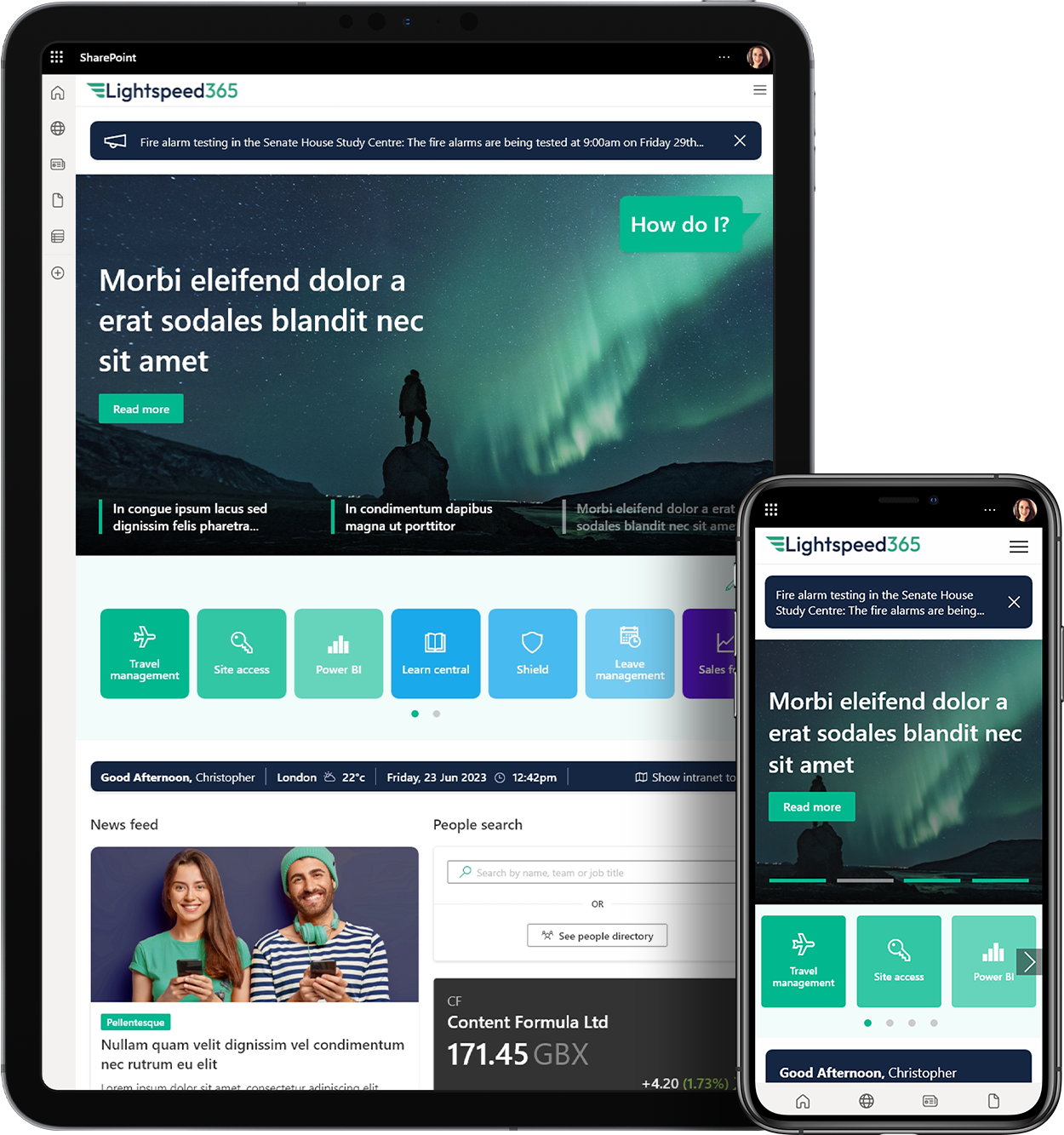Wizdom Conference 2017
If you’re considering Wizdom for your SharePoint intranet and want to find out what existing Wizdom customers think about it you should just ask them yourself! Come to the Wizdom Conference on 15th and 16th March 2017 which will be attended by 150-200 delegates many of whom will be Wizdom customers.



 SharePoint Products
SharePoint Products

